http://www.thealternativedaily.com/
A startling new study has revealed that simply holding a paper receipt for 10 seconds can expose you to dangerous levels of bisphenol S (BPS)—a chemical so toxic that it exceeds California’s safety limits under Proposition 65. Used by major U.S. retailers, BPS is a chemical coating added to thermal paper to make ink appear […]

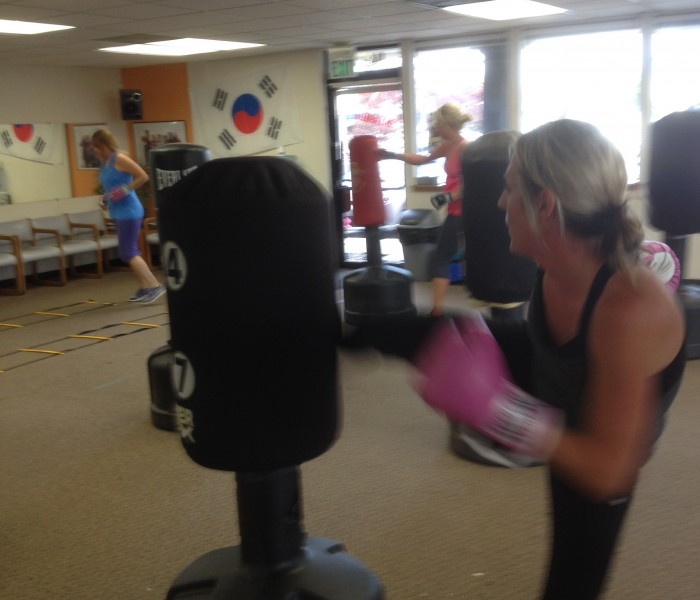

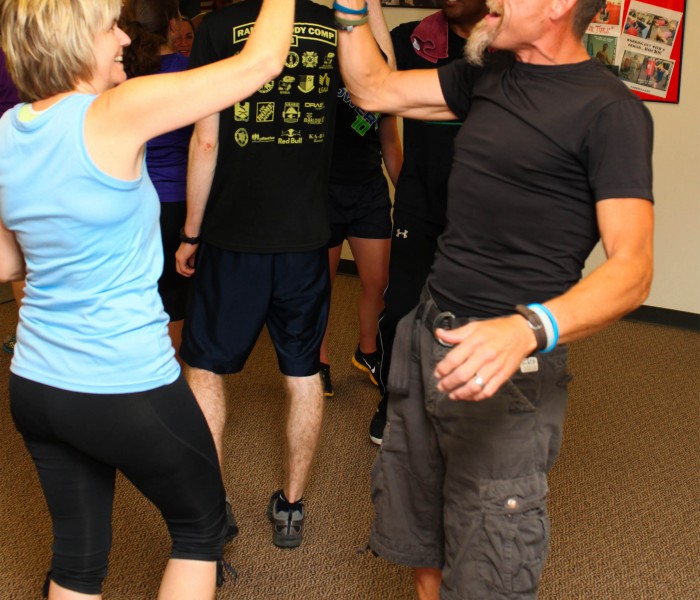
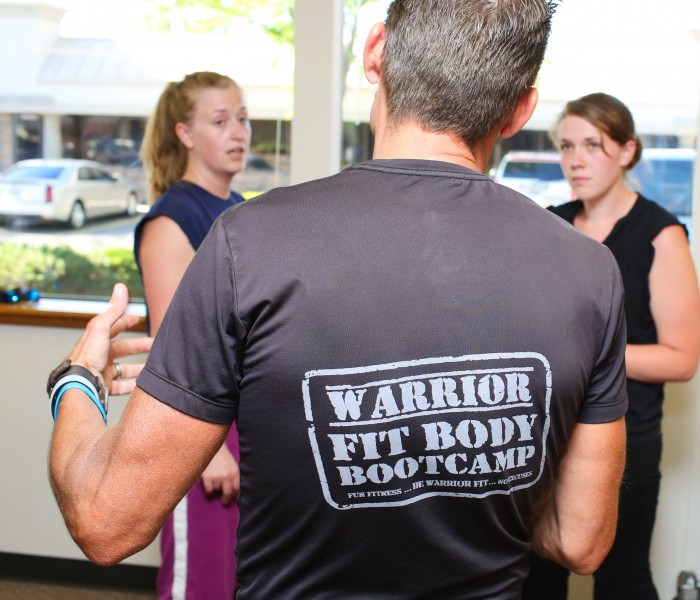

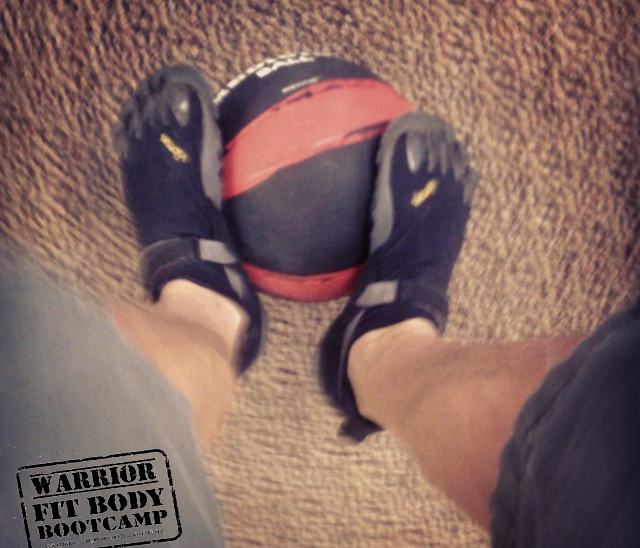
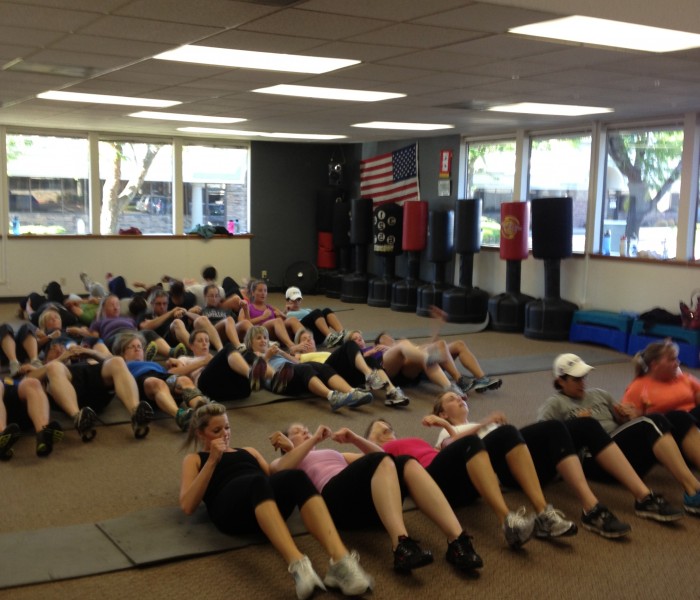
 For now classes are 6pm and 640pm at 2840 Wildwood st in the Boise Cloggers studio.
Book your class NOW!
click this ==>
For now classes are 6pm and 640pm at 2840 Wildwood st in the Boise Cloggers studio.
Book your class NOW!
click this ==>








